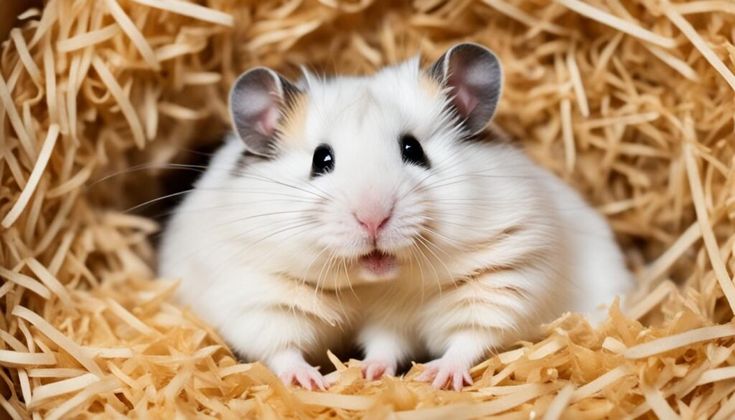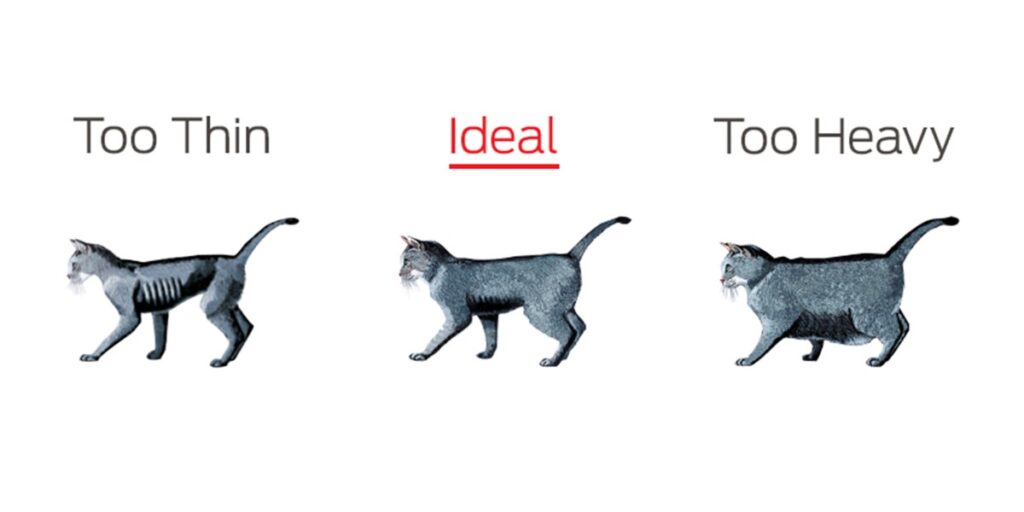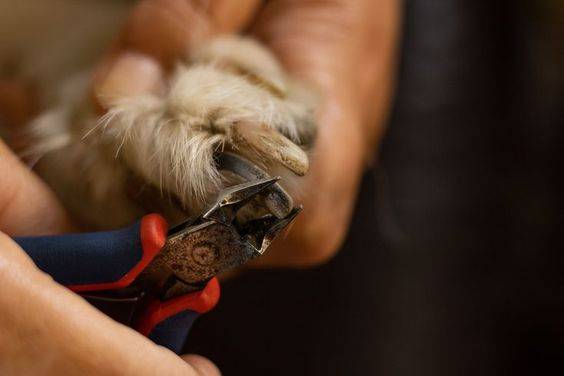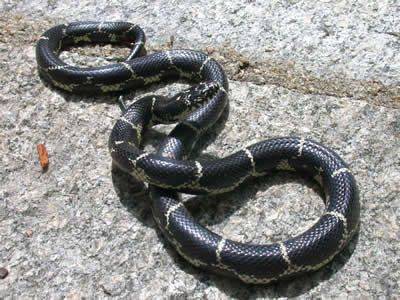Teddy bear hamsters, also known as Syrian hamsters, are among the most popular small pets. Their adorable appearance, docile nature, and relatively low-maintenance needs make them a perfect choice for pet lovers of all ages. In this comprehensive guide, we’ll delve into everything you need to know about caring for teddy bear hamsters, ensuring they lead a happy and healthy life.
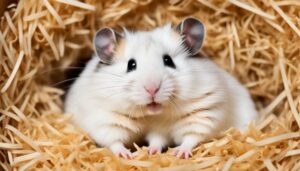
What Are Teddy Bear Hamsters?
Teddy bear hamsters are characterized by their long, plush fur, which resembles that of a teddy bear, hence their name. These hamsters come in a variety of colors and patterns, and they are typically 5 to 7 inches long when fully grown. With proper care, teddy bear hamsters can live up to 2 to 3 years.
Choosing the Right Teddy Bear Hamsters
When selecting a teddy bear hamsters, it’s essential to choose a healthy and well-socialized pet. Look for a hamster that is active, has bright eyes, clean fur, and a healthy weight. Avoid hamsters that appear lethargic, have bald spots, or show signs of illness. It’s also important to handle the hamster gently to ensure it’s comfortable with human interaction.
Setting Up the Perfect Habitat
Creating a comfortable and safe environment for your teddy bear hamster is crucial for its well-being. Here’s how to set up an ideal habitat:
Cage
Choose a spacious cage with plenty of room for your hamster to explore and exercise. A minimum size of 24 inches by 12 inches is recommended, but larger is always better. Wire cages with a plastic base or glass aquariums with a secure mesh lid are popular choices. Ensure the cage has proper ventilation to prevent any health issues.
Bedding
Provide soft, absorbent bedding material such as paper-based bedding, aspen shavings, or hemp. Avoid using cedar or pine shavings, as they can release harmful chemicals that may irritate your hamster’s respiratory system.
Accessories
Equip the cage with essential accessories to keep your hamster active and entertained:
- Exercise Wheel: A solid-surface wheel is essential for exercise. Ensure it’s appropriately sized to prevent any spinal issues.
- Hideouts: Provide hiding spots and tunnels for your hamster to retreat and feel secure.
- Chew Toys: Hamsters need to gnaw to keep their teeth healthy.
- Food and Water: Use a heavy ceramic dish for food and a water bottle with a sipper tube to keep water clean and accessible.
Feeding Your Teddy Bear Hamster
A balanced diet is vital for the health and longevity of your teddy bear hamster.
Commercial Hamster Food
Opt for high-quality commercial hamster pellets or a seed mix specifically formulated for hamsters. These provide essential nutrients and should make up the bulk of their diet.
Fresh Fruits and Vegetables
Suitable options include apples, carrots, broccoli, and spinach. Avoid citrus fruits and any produce treated with pesticides.
Protein
Hamsters are omnivores, so they require some protein in their diet. You can offer occasional treats such as boiled eggs, mealworms, or cooked chicken.
Fresh Water
Always provide fresh, clean water. Check the water bottle daily to ensure it’s working correctly and refill it as needed.
Handling and Socializing Your Hamster
Teddy bear hamsters are generally friendly but can be skittish if not handled properly.
Gradual Introduction
Sit near the cage and speak softly to it. Gradually introduce your hand into the cage, letting the hamster sniff and explore it.
Gentle Handling
Once your hamster seems comfortable, gently scoop it up with both hands. Support its body and avoid squeezing or making sudden movements. Hamsters can be startled easily, so handle them in a calm and quiet environment.
Regular Interaction
Spend time with your hamster daily. Offer treats from your hand and let your hamster explore a safe, enclosed area outside the cage.
Health and Wellness
Keeping teddy bear hamsters healthy involves regular monitoring and preventive care.
Common Health Issues
Be aware of common health problems in hamsters, such as:
- Wet Tail: A severe gastrointestinal disease causing diarrhea and lethargy.
- Ensure proper ventilation and a clean environment to prevent infections.
- Dental Problems: Overgrown teeth can cause eating difficulties.
Veterinary Care
Regular vet check-ups are essential to monitor your hamster’s health. Find a veterinarian experienced with small animals and seek their advice on proper care and any concerns you may have.
Grooming
Teddy bear hamsters require minimal grooming, but occasional brushing can help keep their fur clean and free of tangles. Use a soft brush and be gentle to avoid causing stress.
Inference
Teddy bear hamsters make delightful pets with their charming personalities and manageable care requirements. By providing a suitable habitat, balanced diet, regular interaction, and proper health care, you can ensure your hamster leads a happy and healthy life. Whether you’re a first-time hamster owner or an experienced pet enthusiast, these adorable creatures are sure to bring joy and companionship to your home.
Remember, each hamster is unique, so take the time to understand and cater to your pet’s individual needs. With love, patience, and proper care, your teddy bear hamster will thrive and become a cherished member of your family.

